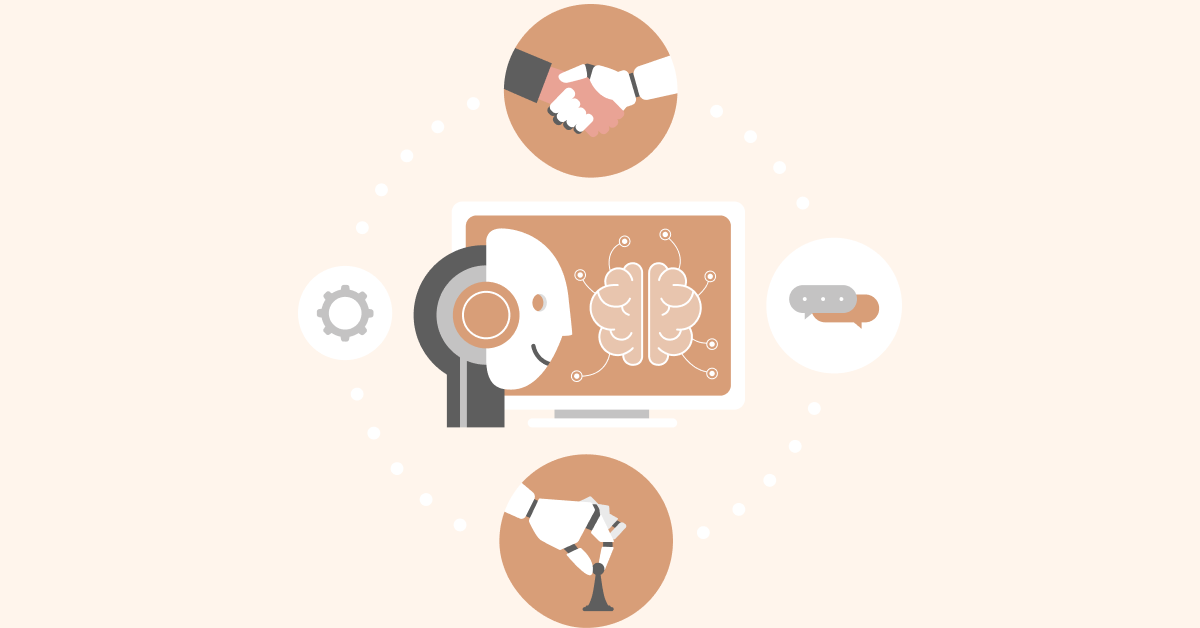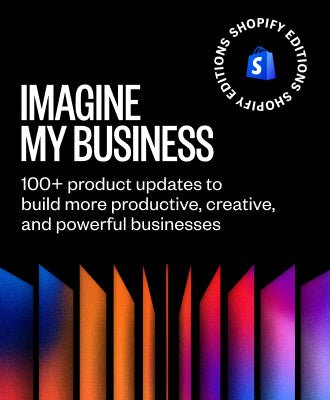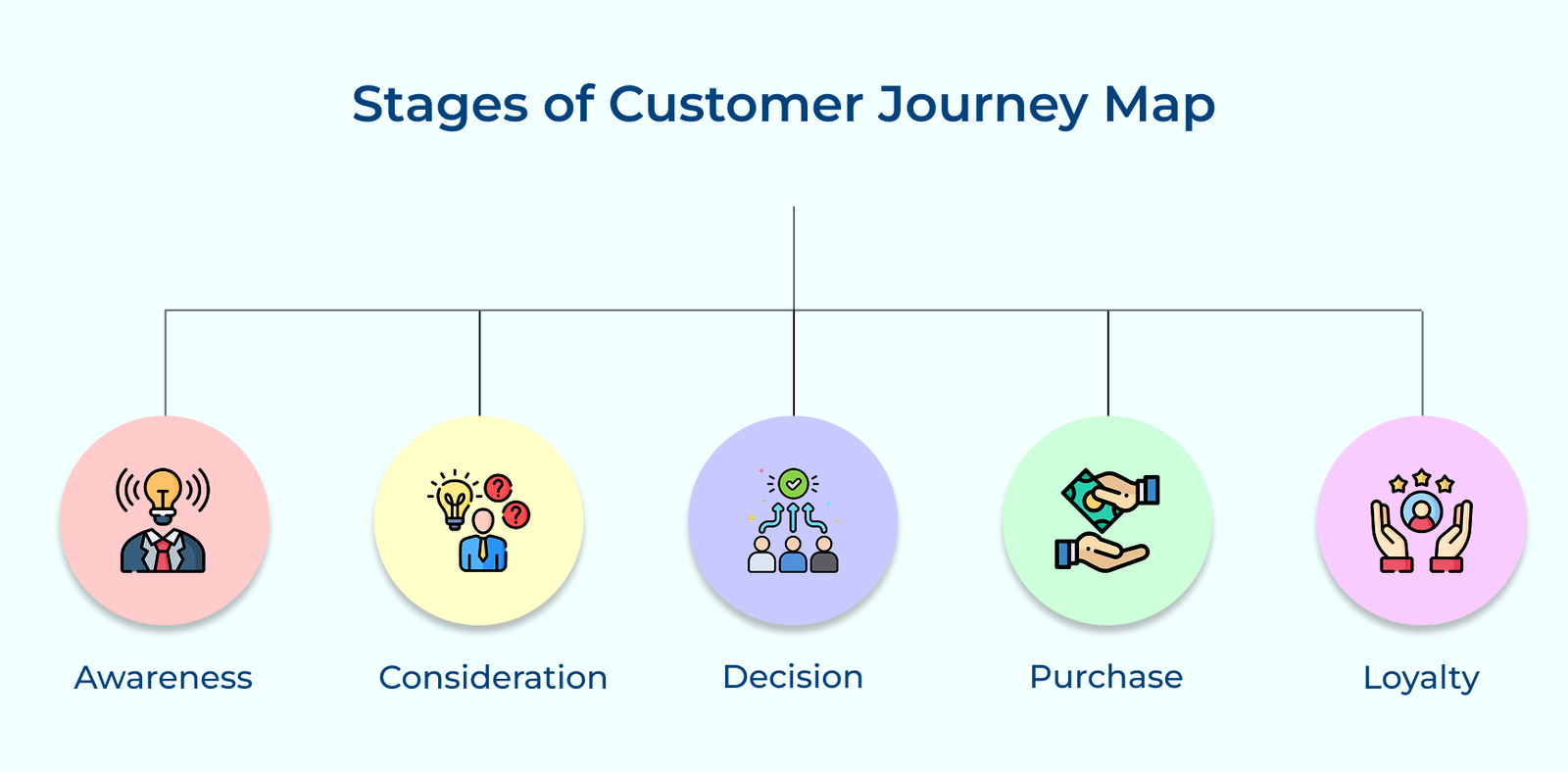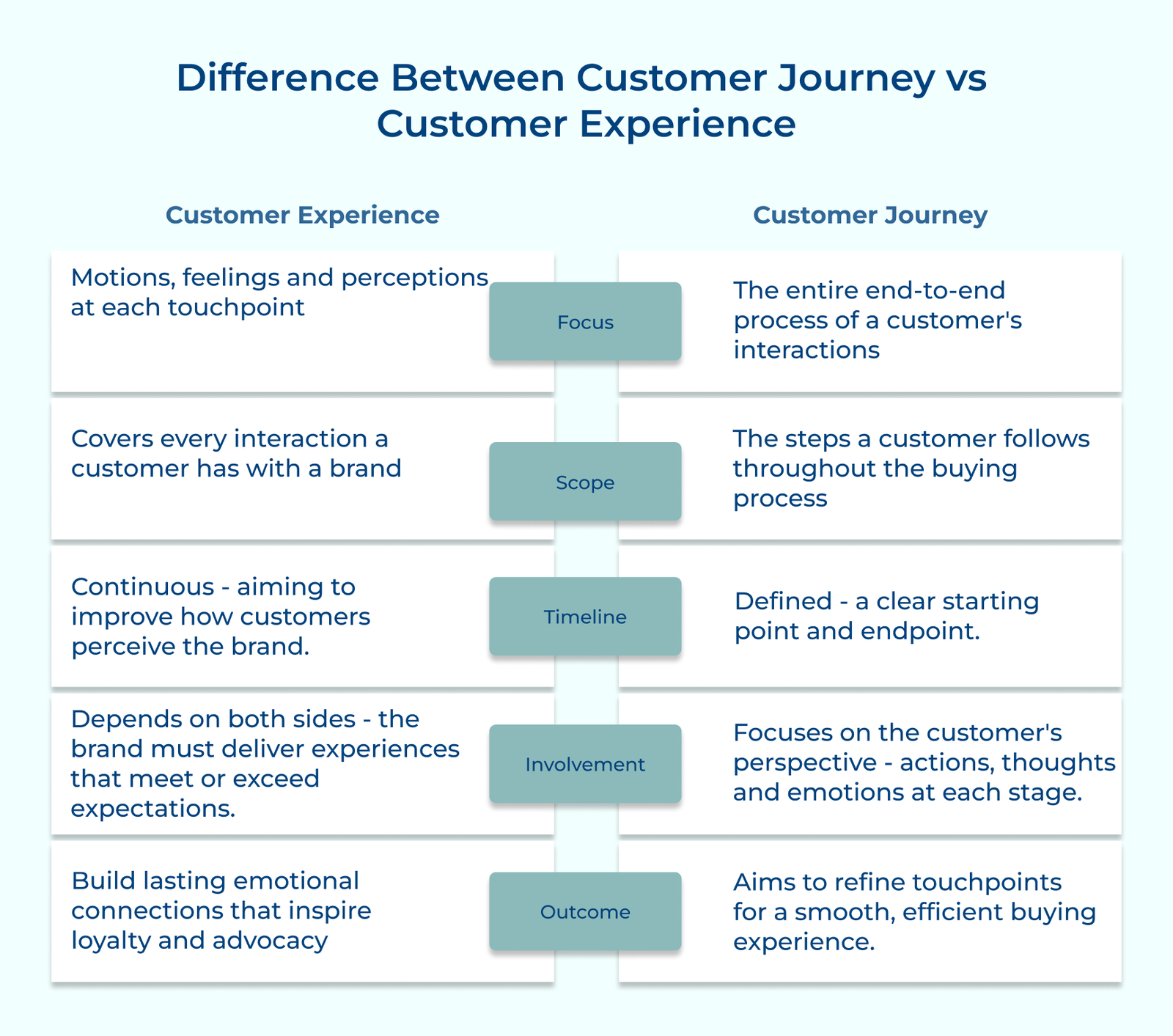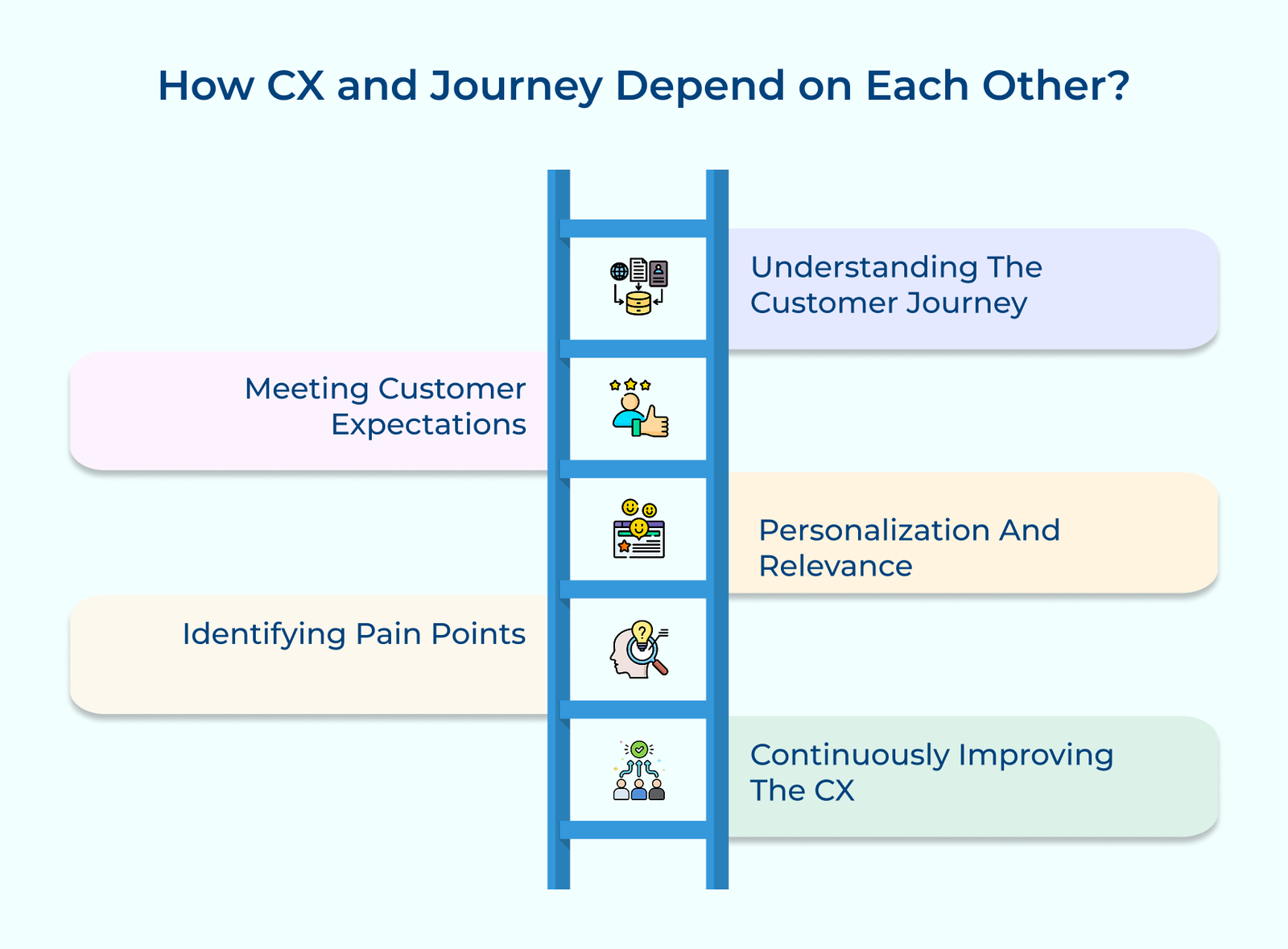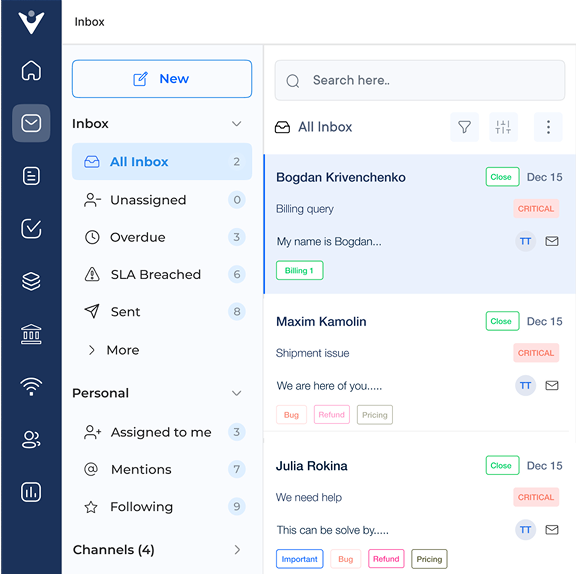1. Scope and Focus
The customer journey is the step-by-step path people take when interacting with your brand, from discovery to purchase and beyond. It helps you understand the order and flow of interactions across different channels.
The customer experience looks at how customers feel during those interactions. It’s about the emotions, impressions and satisfaction that shape their view of your brand.
Pro tips:
- Customer journey focuses on the “what” and “when” of customer interactions.
- Customer experience focuses on the “how” and “why” behind customer feelings.
2. Measurement Approach
The customer journey is measured through behavioral data and engagement metrics across different stages. Companies analyze conversion rates and time spent at each touchpoint to understand how customers move through their buying process. The quantitative approach helps identify bottlenecks and optimization opportunities within the sequential flow.
Key approaches:
- Journey analytics track progression rates and drop-off points.
- Experience metrics measure satisfaction scores and emotional engagement.
- Journey data shows where customers go next in their path.
Customer experience measurement focuses on customer feedback and emotional responses during interactions. Organizations use surveys and reviews to gauge customer satisfaction and emotions. It reveals the deeper impact of brand interactions on customer loyalty and advocacy.
Actionable tips:
- Journey management is team-specific.
- Experience management requires company-wide commitment.
3. Time Perspective
The customer journey covers specific timeframes, such as researching a product, completing a purchase, or seeking support. Each phase has a clear beginning and end.
Key questions:
- What specific timeframe does this customer interaction cover?
- How does the moment contribute to the brand relationship?
- Will the experience influence future customer decisions and behaviors?
The customer experience extends beyond individual timeframes to create lasting impressions that influence future interactions and shape brand relationships. It creates lasting emotional value that drives loyalty beyond individual transactions. The ongoing perspective recognizes that every touchpoint contributes to long-term brand perception and customer lifetime value.
4. Strategic Implementation
Customer journey implementation focuses on optimizing specific touchpoints and eliminating friction from the purchasing path. Companies create workflows that guide customers seamlessly through each stage. The tactical approach involves mapping out clear pathways and ensuring each step logically leads to the desired outcome.
Customer experience implementation embeds quality and emotional care into all business operations. Organizations should align culture and training with experience goals across all departments. It demands a transformation of how companies deliver value at every customer interaction point.
Best practices:
- Journey improvements focus on process and efficiency.
- Experience improvements focus on empathy and service quality.
5. Data Collection Methods
Customer journey data comes from tracking actions, such as page visits, clicks, and purchase paths. It shows what customers do and where they go next.
Customer experience data focuses on feedback about emotions and satisfaction via surveys and direct communication. Organizations gather qualitative insights through interviews to understand customer feelings. Emotional intelligence helps companies understand the deeper impact of their service delivery.
Key takeaways:
- Journey data reveals what customers do and where they go next.
- Experience data explains emotions and motivations.
6. Business Impact Focus
Optimizing the customer journey boosts conversions by removing barriers in the sales funnel. Companies focus on increasing the percentage of prospects who move from awareness to purchase stages. The approach generates measurable improvements in lead generation and revenue conversion metrics.
Key mechanisms:
- Journey improvements typically show immediate conversion and efficiency gains.
- Experience investments deliver long-term loyalty and advocacy benefits.
- Journey focus drives short-term revenue while experience builds lasting relationships.
Enhancing customer experience strengthens long-term relationships, boosts lifetime value and reduces acquisition costs. Organizations build emotional connections to drive repeat business and positive referrals. The strategy generates sustainable competitive advantages through customer loyalty and brand advocacy.
7. Customer Engagement Style
Customer journey engagement guides customers through set stages with targeted messages and actions. The systematic engagement relies on understanding typical buying behaviors and creating pathways that align with customer decision-making processes.
Customer experience engagement focuses on personalized interactions that meet individual customer needs. Organizations focus on building relationships rather than just advancing customers through sales funnels. The approach prioritizes understanding each customer as a unique individual with specific goals and challenges that require tailored solutions.
Pro tips:
- Journey engagement follows a structured path.
- Experience engagement builds personal relationships.
8. Organizational Responsibility
Customer journey management is usually handled by marketing and sales teams to optimize the path to purchase. The team’s focus is on lead generation and conversion optimization using tools like marketing automation or sales funnel analysis. The approach leverages specialized expertise to improve customer acquisition and revenue.
Key approaches:
- Journey management suits ownership by specialized marketing and sales teams.
- Experience delivery requires company-wide coordination and shared accountability.
- Journey success depends on funnel optimization; experience success depends on cultural change.
Customer experience ownership needs collaboration across all departments interacting with customers. Organizations must maintain consistent quality across all touchpoints, no matter the team. The holistic responsibility demands executive leadership and company-wide commitment to customer-centricity rather than departmental silos.
How Does Customer Experience and Customer Journey Depend on Each Other?
Check out how the concepts are linked and why harnessing their synergy is vital for cultivating satisfied,



